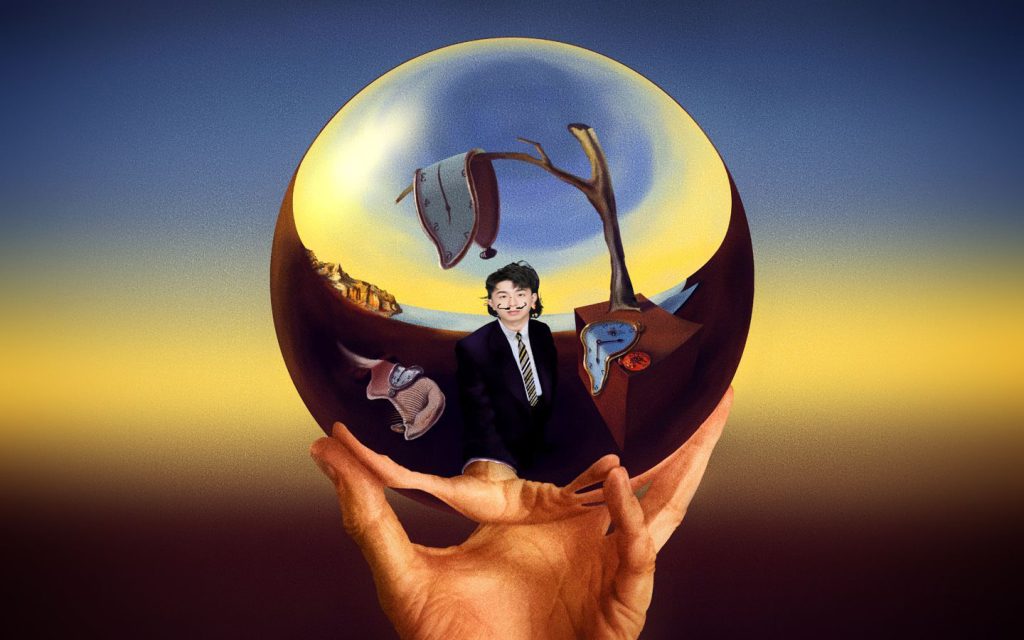The concept of interactivity in the visual arts became popular in the 1950s, as people realized that interactive art could serve as a bridge to connect artists and audiences in new ways.
What is a interactive installation?
According to the Tate Museum, digital art includes artworks that are either made using technology or shown in a digital format. Interactive art relies on audience participation. Thus, digital interactive installations showcase and activate a large physical space accompanied by mixed-media compositions, engaging viewers with responsive technology. In interactive art, it is presumed that the viewers will no longer be passive onlookers, and that they will be the ones to complete the purpose of an artwork or to participate in its realization, but it does not only aim to be physically appealing or intriguing, and it seeks for people’s interference instead.
Why I need make Chinese embroidery interactive installations?
Today, many artists have discovered technology as a new medium not only to create art, but to transform traditional artworks into innovative, immersive events.
Artists have long explored the use of technology in their craft, such as the utilization of lasers and video projection, in order to improve the quality of audiences’ interactive experiences, which means I’m dealing with creatures of emotionn, not dealing wih creatures of logic, if I could use these art form into Chinese embroidery.
- As a tool and point of interest that promotes tradiontional handcraft education in younger generations.
- Making a deeper impact on audiences through allowing personalized expression and the creation of memorable, poetic, and immersive experiences.
How to make interactive installation
The four components that make a work a form of digital art installation
- Art work
- Audience
- Artist
- Environment

In addition to the four components of digital art installations, there are four categories in which these artworks can be placed:
- Static (The category static describes works wherein the art object is mostly static and does not adapt itself to the context. In other words, there is no interaction between the audience and the artwork).
- Dynamic passive (Dynamic passive describes when the artwork remains inactive in response to audience interaction, but changes with time).
- Dynamic interactive (In dynamic interactive artwork, audiences play an active role and are given the ability to change the artwork when interacting with it).
- Dynamic interactive (varying), is the same conceptual realm of dynamic interactive artwork, except that each iteration of the art is unpredictable because it is continually influenced by the accumulation of user interaction
Professionals you may need
Artists, programmers, engineers, CG animators, mathematicians, architects, web and print graphic designers, and editors
# AC Knowledge # AC Process # AC Enquiry
Bibliography
Widewalls. 2022. How Does Interactive Art Create Meaning? | Widewalls. [online] Available at: <https://www.widewalls.ch/magazine/interactive-art-meaning> [Accessed 24 May 2022].
Zhou, H., 2022. Artistic Futures: Digital Interactive Installations — AMT Lab @ CMU. [online] AMT Lab @ CMU. Available at: <https://amt-lab.org/blog/2021/10/artistic-futures-digital-interactive-installations> [Accessed 24 May 2022].
